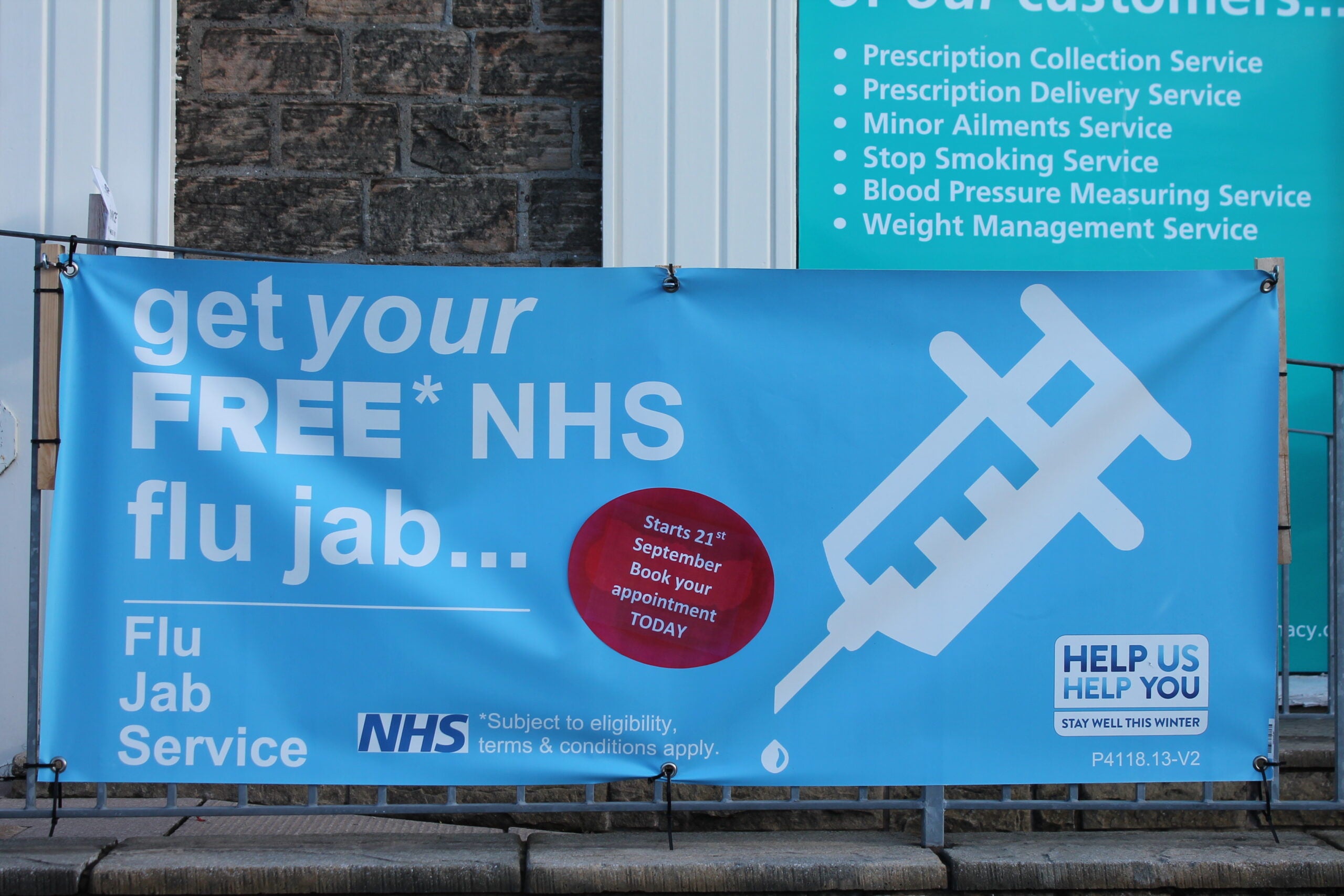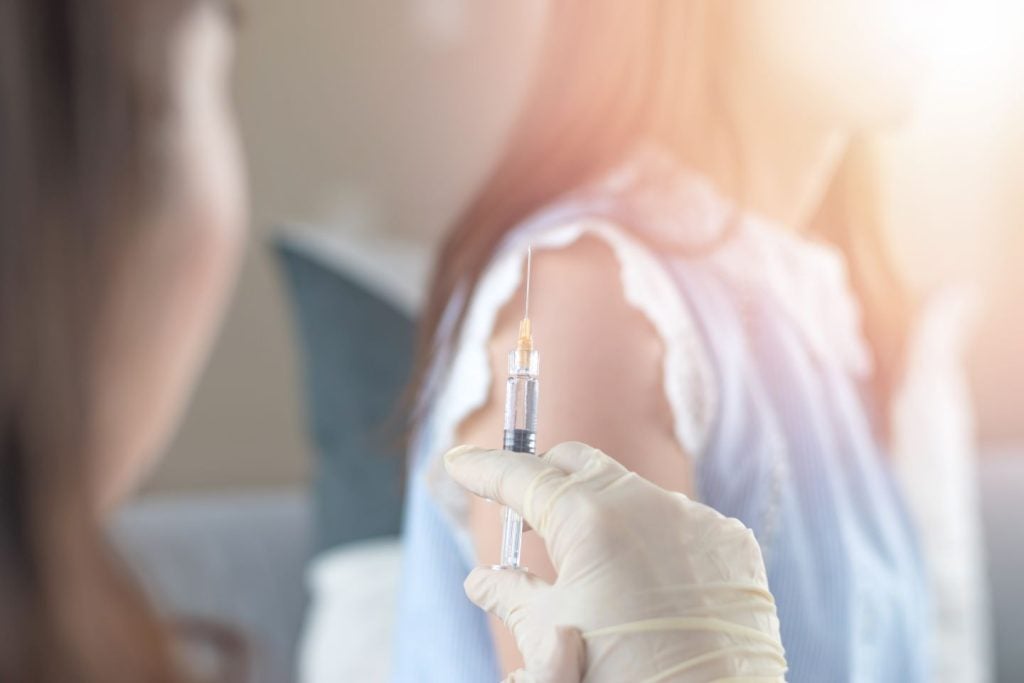
Need to know:
- Two mRNA flu vaccines by Sanofi/Translate Bio and Moderna have already entered clinical trials but their approvals may take a while
- Lack of pandemic-like urgency will mean trials progress at regular pace and include comparison to traditional vaccines
- Mild and rare side effects linked to the mRNA vaccines will be scrutinised more when it comes to seasonal flu
The success of messenger ribonucleic acid (mRNA) Covid-19 vaccines may have sped up the timelines for seasonal influenza shots based on having the same platform, but non-emergent conditions may mean a relatively standard, and therefore slower, approval pathway.
The fast-tracked timeline for Covid-19 vaccines has set the stage for quicker development of mRNA vaccines for influenza. However, unlike Covid-19 vaccines, there are approved—albeit unsatisfactorily effective—alternatives for the prevention of influenza. In the absence of a sense of urgency for influenza vaccines in the middle of a pandemic, the upcoming investigational mRNA vaccines will likely follow the same regulatory route as traditional vaccine approvals.
Unlike Covid-19 vaccines, which were authorised based on placebo-controlled studies, influenza vaccines may need efficacy and safety comparisons to available alternatives to guide recommendations. The risk-benefit analysis for seasonal influenza vaccines is different from that of Covid-19 mRNA vaccines being authorised in the middle of a pandemic. For example, given the higher risks associated with Covid-19 infections, mild or rare side effects were still acceptable. However, the severity and frequency of adverse events (AEs) will be scrutinised much more closely when it comes to influenza vaccines, experts said.
Sanofi and Translate Bio initiated a Phase I study with their monovalent influenza vaccine in June, while Moderna also initiated a Phase I/II study with its own mRNA influenza vaccine mRNA-1010 earlier this month. Translate Bio did not specifically comment on this story but confirmed its Phase I study will report data by the end of 2021. Just last week, Sanofi announced its plans to acquire Translate Bio and its mRNA technology platform so it could allow the former to develop additional opportunities in the mRNA space.
Pfizer and BioNTech are developing a mRNA influenza vaccine named BNT161 under a collaboration they entered in August 2018. Pfizer/BioNTech’s Comirnaty (BNT162b2) and Moderna’s Spikevax (mRNA-1273), both mRNA Covid-19 vaccines, received Emergency Use Authorization (EUA) in December 2020.
How well do you really know your competitors?
Access the most comprehensive Company Profiles on the market, powered by GlobalData. Save hours of research. Gain competitive edge.

Thank you!
Your download email will arrive shortly
Not ready to buy yet? Download a free sample
We are confident about the unique quality of our Company Profiles. However, we want you to make the most beneficial decision for your business, so we offer a free sample that you can download by submitting the below form
By GlobalDataOthers in the pipeline include Arcturus Therapeutics, which plans to file a Clinical Trial Application (CTA) with regulatory agencies to start a study for its LUNAR-FLU candidate this year.
Pfizer, BioNTech and Moderna did not respond to a request for comment, while Arcturus did not respond before deadline.
Covid-19 Warp Speed timelines unlikely
The development of mRNA vaccines for other infectious diseases will likely not move at the same speed as seen with Covid-19 vaccines, said experts. For example, genital herpes is a difficult chronic condition caused by herpes simplex virus (HSV), but regulatory agencies are unlikely to speed up HSV clinical studies the way they did with Covid-19, said University of Pennsylvania professor of medicine-infectious diseases Dr Harvey Friedman. The urgency is not at the same level, he said.
For scale, Moderna announced funding to develop its Covid-19 vaccine in January, administered the vaccine to the first participant in a Phase I study on 16 March and initiated a Phase III trial initiation in July. In contrast, several Phase I studies were ongoing in 2014 when Merck took over the development of the Ervebo vaccine for Zaire ebolavirus, followed by Phase II/III trials being completed in subsequent years, culminating in an FDA approval in December 2019. Comirnaty and Spikevax received their respective EUAs in December 2020, less than 12 months after the World Health Organization (WHO) declared Covid-19 a worldwide pandemic.
Also, the SARS-CoV-2 vaccines received an enormous influx of government money and effort, said Dr Neil King, assistant professor at the University of Washington’s Institute for Protein Design. Moderna received an award commitment of up to $483m from the US Biomedical Advanced Research and Development Authority (BARDA) in April, among other federal support. Companies started manufacturing Covid-19 vaccines at-risk as other studies were still ongoing, said Children’s Hospital of Philadelphia Vaccine Education Center visiting research scientist Angela Shen. However, under non-emergency conditions, companies will not get a subsidy from the government to do the same, she said. It is unsustainable to think similar timelines would happen for every vaccine, King added.
Still, while the development of Covid-19 vaccines may not open the floodgates for mRNA vaccines for other pathogens, the Covid-19 vaccine development process has made it easier for the next product, given the increase in global manufacturing capacity and other factors, said Dr Richard Webby, director of the WHO Collaborating Centre for Studies on the Ecology of Influenza in Animals and Birds at St Jude Children’s Research Hospital in Memphis. It was common for vaccine development to take up to a decade, but after the Covid-19 pandemic in 2020, it would be difficult to see the field going back to those timelines, said King.
Regulatory considerations distinct for influenza
The regulatory approval process will not be determined by the type of platform used to design the vaccine, but instead on efficacy and safety, as is the case for all investigational products, said Dr Mark Sawyer, a voting member on the FDA Vaccine Advisory committee that authorised the Covid-19 mRNA vaccines. One of the conditions for the EUA awarded to Pfizer and Moderna was there were no alternatives available, said Tufts Children’s Hospital chief of pediatric infectious diseases Dr Cody Meissner. As other traditional influenza vaccines are available, an mRNA influenza vaccine is unlikely to get an EUA, said Meissner.
Both Comirnaty and Spikevax received an EUA based on results from their respective studies where participants received either the vaccine or saline. In the case of influenza, the FDA may insist on a head-to-head comparison between traditional inactivated vaccines and any investigational mRNA vaccine in a randomised, placebo-controlled study, said Meissner. For example, the FDA may also consider the relative immune responses—both humoral and cellular— to both vaccine approaches, said Meissner.
While a direct comparison may not be required for licensure, the US Centers for Disease Control and Prevention (CDC) and professional physician organizations may need such data to recommend vaccines, said Sawyer, who is also an infectious disease physician at Rady Children’s Hospital in San Diego. The CDC is reluctant to recommend one vaccine over another unless there is a clear efficacy advantage, said Sawyer. For example, the CDC recommended GlaxoSmithKline’s newer Shingrix over Merck’s Zostavax after the former was proven to be more effective, especially in older adults. Comparative data between vaccines would help decide if a riskier AE profile is worth better efficacy, said Sawyer.
Moreover, efficacy assessment for an influenza vaccine is complicated and depends on the disease severity, which varies from year to year, said Meissner. Past studies have used different endpoints, such as reducing hospitalisations, outpatient visits or infections, which makes it difficult to draw any cross-trial comparisons, he added.
Influenza vaccines do not go through a full Biologics License Application (BLA) process every year, even though the vaccine is changed every year, said Meissner. For an mRNA vaccine, even if the antigen chosen to design the influenza vaccine changes every year, multiyear studies will be needed to judge the former’s efficacy, said NIAID Vaccine Research Center chief of molecular immunoengineering Dr Masaru Kanekiyo. Meissner agreed, adding the FDA may require studies over multiple seasons in individuals across different age groups before it awards a full approval to an mRNA influenza vaccine. Sawyer, however, said data over multiple seasons may not be required for approval and initial use. Even with traditional vaccines, the initial license requires detailed data, but subsequent ones will need supplemental information on an annual basis, said Shen. The mRNA influenza vaccines may follow the same pattern, she added.
mRNA vaccines’ side effect profile will be highly scrutinised
Adverse events related to relatively new mRNA vaccines are rare and have not been studied for long, but there is still no reason to be hesitant in taking the Covid-19 vaccine, said Friedman. Nonetheless, the field needs to understand if the rare side effects like thrombotic events in adults and myocarditis in children are unique to Covid-19 or a characteristic of mRNA vaccines in general, said Sawyer.
The risk-benefit assessment was clear for serious adverse events (SAEs) like thrombotic events with Covid-19 vaccines, but influenza is not as severe except in certain subpopulations like the elderly, said Sawyer. In a healthy population receiving the influenza vaccine every year, the risk of SAEs may slow or stop their development, he added.
Minor side effects like fever or malaise are likely a result of a brisk immune response triggered by the vaccine, which correlates with immunological efficacy, said Sawyer, adding this presents an acceptable tradeoff. For example, adjuvant influenza vaccines that are meant for elderly individuals, have more side effects than the standard ones but they are also more effective, Sawyer said. However, Webby disagreed with the similar acceptance of these side effects for a regular vaccine versus one needed during a pandemic. This is important to consider, especially since the influenza vaccine uptake is not as good as it could be, added Webby.
Safety remains the top priority for assessing vaccines, and it will have a significant impact on vaccine uptake, said Kanekiyo. Still, there may be some ways to mitigate side effects without sacrificing the immunogenicity, he added. Lipid nanoparticles (LNPs) may be the major cause of toxicities, but the amounts will depend on how much mRNA needs to be loaded on the vaccine, said Friedman. mRNA is packaged in LNPs to deliver a vaccine. The vaccine field will have to find efficient ways to package these mRNAs in delivery vehicles to produce more tolerable vaccines, said Webby. Nonetheless, the authorized Covid-19 mRNA vaccines are some of the safest vaccines used to date, said Meissner.







